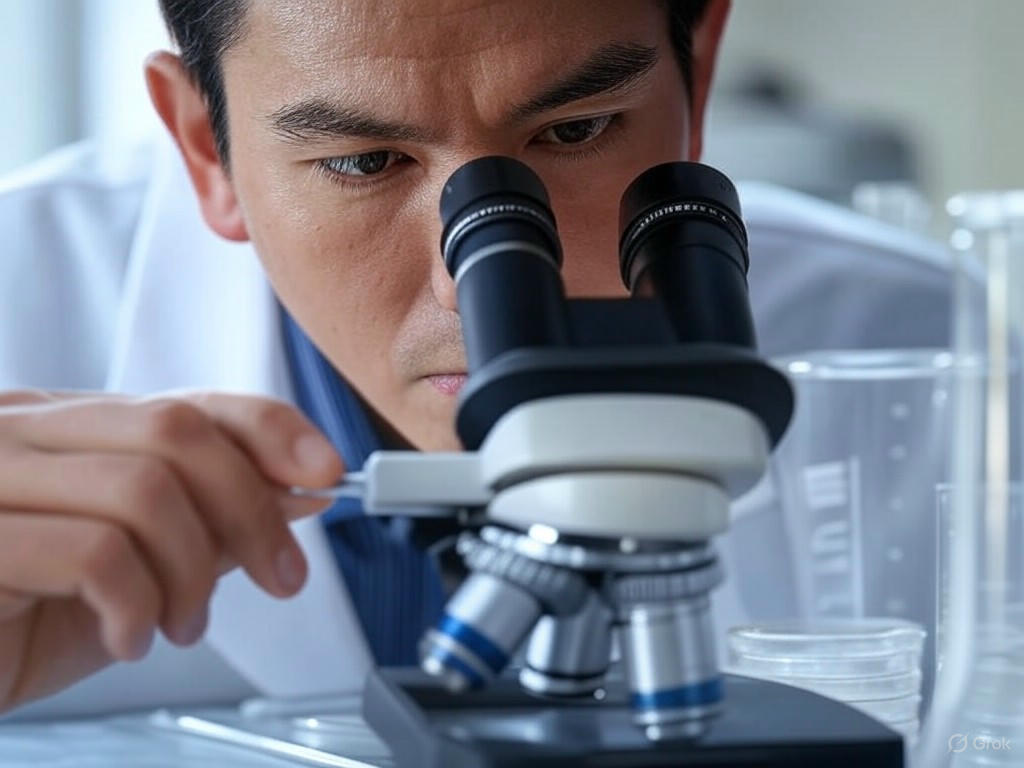Unraveling the Mystery of Chagas Disease: A Fight Against a Hidden Threat
In the realm of global health, few conditions are as deceptive as Chagas disease, a life-threatening illness that often lurks undetected in millions of people worldwide. Transmitted primarily through the bite of the triatomine bug, also known as the ‘kissing bug,’ this disease can remain silent for decades before unleashing devastating complications on the heart and digestive system. Recent scientific efforts have turned the spotlight on understanding the intricate lifecycle of the parasite responsible for Chagas, Trypanosoma cruzi, in a bid to develop effective interventions and save countless lives.
At the forefront of this battle, researchers are delving deep into how this parasite survives and thrives within its human and insect hosts. By mapping out each stage of its development—from its transmission through bug bites or contaminated food to its ability to hide within human tissues—scientists hope to identify weak points that can be targeted with new drugs or preventive measures. This disease, predominantly found in Latin America but increasingly detected in other regions due to migration, affects an estimated six to seven million people globally. Yet, its stealthy nature means many remain unaware of their infection until it’s too late, with symptoms like heart failure or severe gastrointestinal issues emerging years after the initial exposure.
The urgency to combat Chagas disease is amplified by its socioeconomic impact, as it disproportionately affects impoverished communities with limited access to healthcare. Current treatments, while available, are often toxic and less effective in the chronic stages of the illness. This has spurred a renewed focus on prevention, including improved housing to reduce contact with the kissing bug and enhanced screening programs to catch infections early. Scientists are also exploring innovative approaches, such as vaccines and genetic modifications to disrupt the parasite’s lifecycle, offering a glimmer of hope for a future where Chagas is no longer a silent killer. Public awareness campaigns are equally vital, educating at-risk populations about protective measures like using bed nets and recognizing the signs of infection.
As research progresses, collaboration between governments, health organizations, and scientific communities becomes paramount. Breaking the cycle of transmission and improving diagnostic tools could transform the landscape of Chagas disease management. While the road ahead is challenging, each discovery brings us closer to protecting vulnerable populations from this hidden menace. The fight against Chagas is not just a scientific endeavor but a moral imperative to ensure that no one succumbs to an illness that can be prevented and treated with the right resources and knowledge. With continued dedication, the day may come when Chagas disease is relegated to the history books, a relic of a time when silent killers roamed unchecked.


